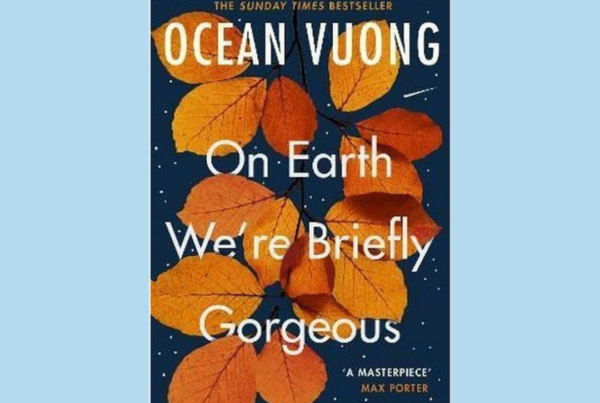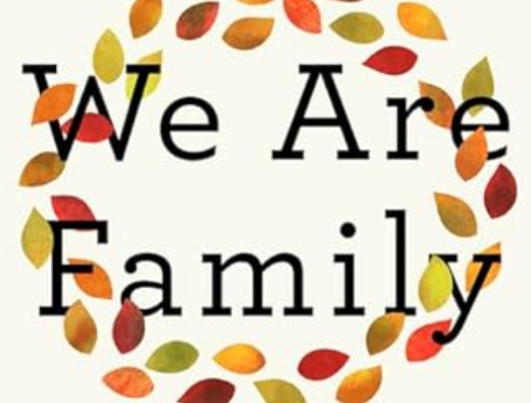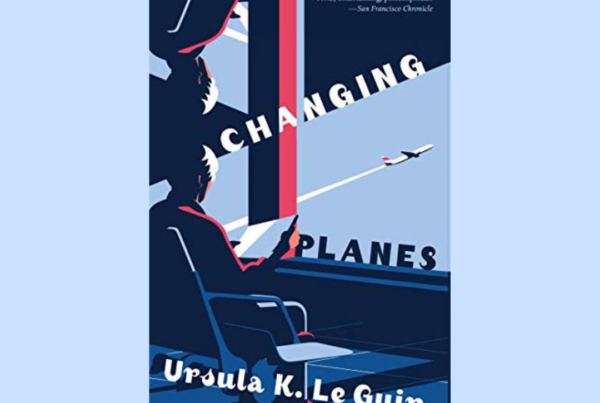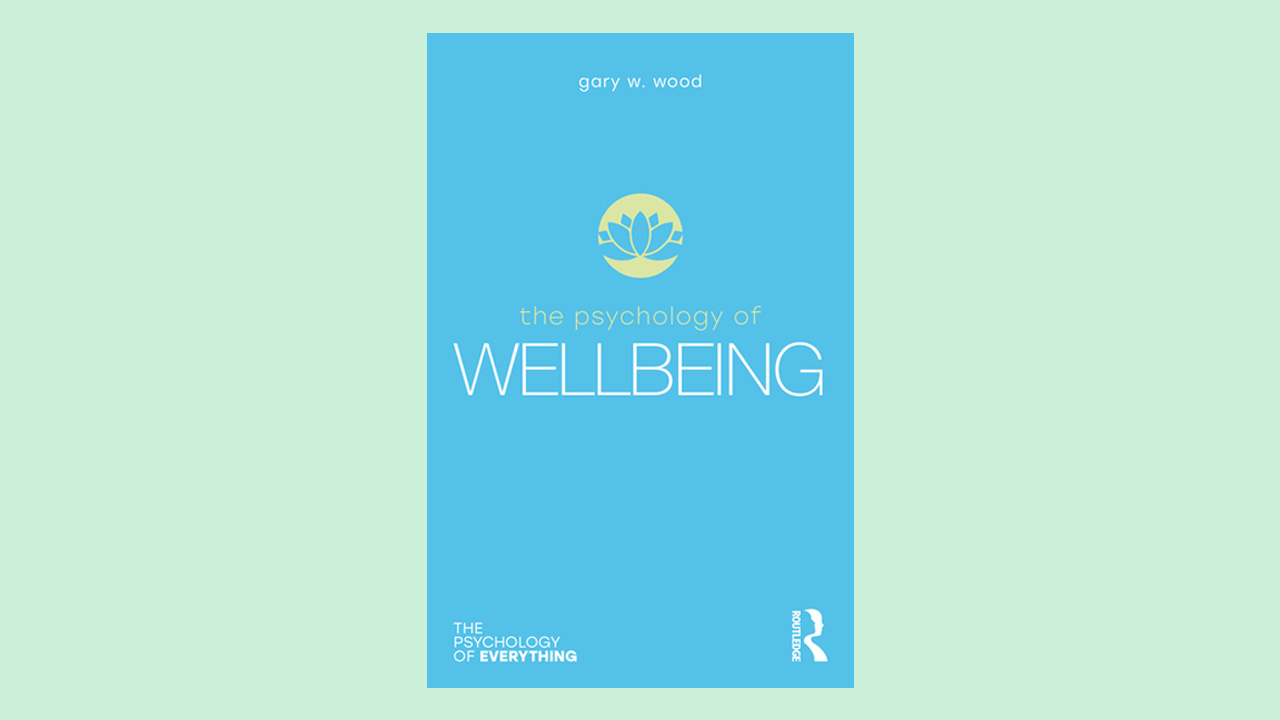
The Psychology of Wellbeing by Gary W. Wood is witty and insightful with a psychological and philosophical take on wellbeing. This book provokes one to think but if read at face value, it is rather lackluster. One needs to read between the lines and actively engage with the content to discern the main points from the narrative. The book covers a variety of topics related to wellbeing, interspersed with well-known psychological phenomena and links to the COVID-19 pandemic and Black Lives Matter movement.
To give a brief overview of the book, the author starts off by discussing the issue of our post-truth world and its impact on our wellbeing. One of the main messages is that while it is difficult to be trusting in our society of deceit and viral spread of false information, we should still try to because collaboration and trust are associated with better wellbeing. The author also delves a bit into ways to find useful self-help books, on the premise that most self-help books are misleading and attention-grabbing as opposed to being helpful. He appeals to us to be skeptical about the source of information and to unpack the jargons that try to cloud our judgment. The third chapter covers the issue of the self, one’s identity, and relations with others. This chapter starts to unpack the concept of wellbeing more directly and explores ways to measure wellbeing. The main idea is that we use stories to make sense of our world and those stories contribute to our wellbeing – stories of ourselves and others.
The fourth chapter discusses the ‘norm’ of well-being and unpacks key elements of stress – the stressor, our response, and how we cope with stress. It also touches on some theoretical frameworks to explain the relationship between stress and wellbeing, such as Maslow’s hierarchy of needs. The fifth chapter elaborates more on the characteristics of good self-help books, stressing the importance of evidence-based assertions. The chapter also delves into ‘pop psychology’, debunking myths that are commonly seen in the self-help section and providing some tips for benefiting from self-help books, such as critically selecting a book that resonates with you and engaging in active reading. The sixth chapter finally explores the concept of well-being using positive psychology, but this view is limited as negative emotions and thoughts are not addressed and those are usually the barriers to having good wellbeing.
The book has some breadth and some depth but personally, it would have been more informative if the focus was either on breadth or on depth instead of something in between. There is a lot of information covered but several parts seem to be missing. For instance, when addressing the idea of well-being, the author lightly touches on some theories like hedonism, eudaemonia, and ikigai. If the author had focused on depth, he could have chosen one or two theories he thought were most relevant and explored them fully, instead of giving a few sentences on several theories and moving on. On the other hand, if he had focused on breadth, he could have introduced more theories, with brief summaries to pique the interest of the readers. Furthermore, the chapter on wellbeing seemed rather superficial which is odd since wellbeing is the main theme of the book. I thought fewer pages could have been devoted to ‘how to choose self-help books’ and more to wellbeing. The tips are useful but to discuss it so extensively seems slightly irrelevant since one would expect to learn more about the mechanisms of wellbeing, judging from the title, ‘The Psychology of Wellbeing.’ Lastly, one point to keep in mind while reading the book is that it seems to be biased towards a more UK and leftist perspective. That said, I thoroughly enjoyed reading chapter two on trust and our post-truth world. The issue was well fleshed out and the relevance of trust and truth to wellbeing was fully explained. It was the chapter that resonated most with me and I only wish the other chapters were as extensively discussed.
Overall, The Psychology of Wellbeing brought up several good factors that may contribute to one’s wellbeing and made good links amongst the concepts discussed. I would recommend this book to readers with a basic knowledge of psychology who would like a brief overview of some of the social elements that are associated with wellbeing, in relation to the events that have unfolded over the last few months. In accordance with our theme and the current state of the world, this line in the book stood out to me: ‘that “no one is an island”, “the least vulnerable in society makes us all vulnerable”, and “action to protect the most insecure and vulnerable is in the interests of public health as well as of social justice.”’ The wellbeing of others affects our individual wellbeing and the wellbeing of society as a whole and I think this pandemic has shown us the truth behind this idea.
Available online, starting from €12.
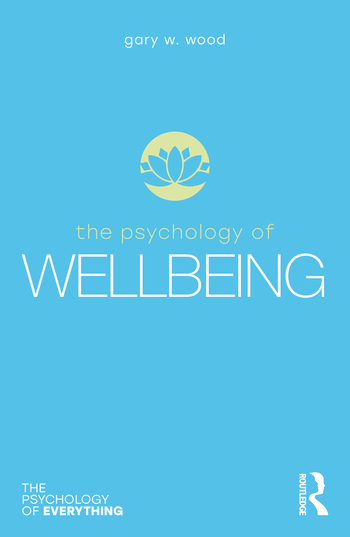
The Psychology of Wellbeing by Gary W. Wood is witty and insightful with a psychological and philosophical take on wellbeing. This book provokes one to think but if read at face value, it is rather lackluster. One needs to read between the lines and actively engage with the content to discern the main points from the narrative. The book covers a variety of topics related to wellbeing, interspersed with well-known psychological phenomena and links to the COVID-19 pandemic and Black Lives Matter movement.
To give a brief overview of the book, the author starts off by discussing the issue of our post-truth world and its impact on our wellbeing. One of the main messages is that while it is difficult to be trusting in our society of deceit and viral spread of false information, we should still try to because collaboration and trust are associated with better wellbeing. The author also delves a bit into ways to find useful self-help books, on the premise that most self-help books are misleading and attention-grabbing as opposed to being helpful. He appeals to us to be skeptical about the source of information and to unpack the jargons that try to cloud our judgment. The third chapter covers the issue of the self, one’s identity, and relations with others. This chapter starts to unpack the concept of wellbeing more directly and explores ways to measure wellbeing. The main idea is that we use stories to make sense of our world and those stories contribute to our wellbeing – stories of ourselves and others.
The fourth chapter discusses the ‘norm’ of well-being and unpacks key elements of stress – the stressor, our response, and how we cope with stress. It also touches on some theoretical frameworks to explain the relationship between stress and wellbeing, such as Maslow’s hierarchy of needs. The fifth chapter elaborates more on the characteristics of good self-help books, stressing the importance of evidence-based assertions. The chapter also delves into ‘pop psychology’, debunking myths that are commonly seen in the self-help section and providing some tips for benefiting from self-help books, such as critically selecting a book that resonates with you and engaging in active reading. The sixth chapter finally explores the concept of well-being using positive psychology, but this view is limited as negative emotions and thoughts are not addressed and those are usually the barriers to having good wellbeing.
The book has some breadth and some depth but personally, it would have been more informative if the focus was either on breadth or on depth instead of something in between. There is a lot of information covered but several parts seem to be missing. For instance, when addressing the idea of well-being, the author lightly touches on some theories like hedonism, eudaemonia, and ikigai. If the author had focused on depth, he could have chosen one or two theories he thought were most relevant and explored them fully, instead of giving a few sentences on several theories and moving on. On the other hand, if he had focused on breadth, he could have introduced more theories, with brief summaries to pique the interest of the readers. Furthermore, the chapter on wellbeing seemed rather superficial which is odd since wellbeing is the main theme of the book. I thought fewer pages could have been devoted to ‘how to choose self-help books’ and more to wellbeing. The tips are useful but to discuss it so extensively seems slightly irrelevant since one would expect to learn more about the mechanisms of wellbeing, judging from the title, ‘The Psychology of Wellbeing.’ Lastly, one point to keep in mind while reading the book is that it seems to be biased towards a more UK and leftist perspective. That said, I thoroughly enjoyed reading chapter two on trust and our post-truth world. The issue was well fleshed out and the relevance of trust and truth to wellbeing was fully explained. It was the chapter that resonated most with me and I only wish the other chapters were as extensively discussed.
Overall, The Psychology of Wellbeing brought up several good factors that may contribute to one’s wellbeing and made good links amongst the concepts discussed. I would recommend this book to readers with a basic knowledge of psychology who would like a brief overview of some of the social elements that are associated with wellbeing, in relation to the events that have unfolded over the last few months. In accordance with our theme and the current state of the world, this line in the book stood out to me: ‘that “no one is an island”, “the least vulnerable in society makes us all vulnerable”, and “action to protect the most insecure and vulnerable is in the interests of public health as well as of social justice.”’ The wellbeing of others affects our individual wellbeing and the wellbeing of society as a whole and I think this pandemic has shown us the truth behind this idea.
Available online, starting from €12.


